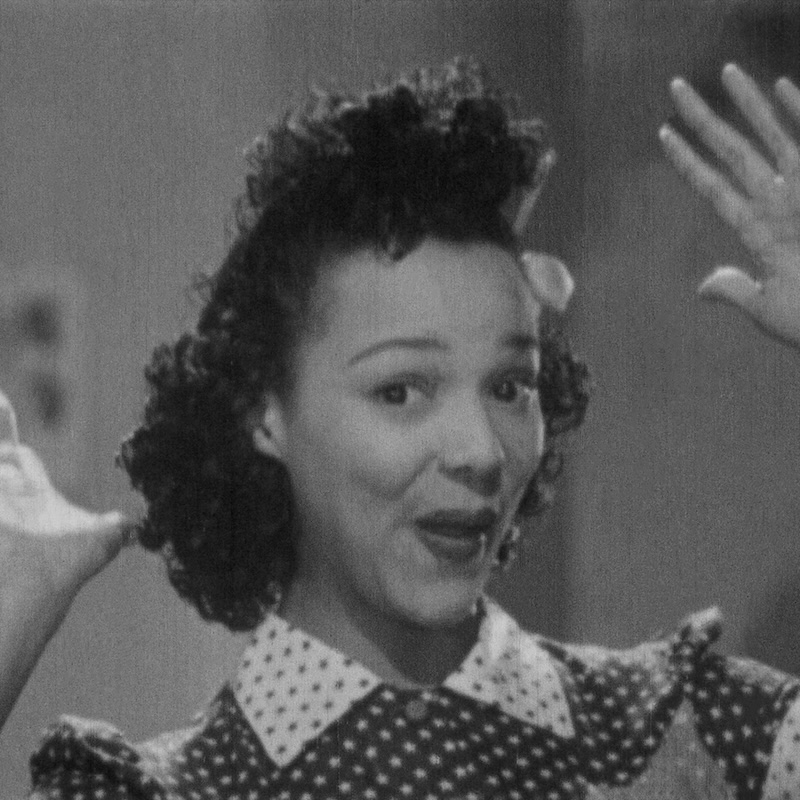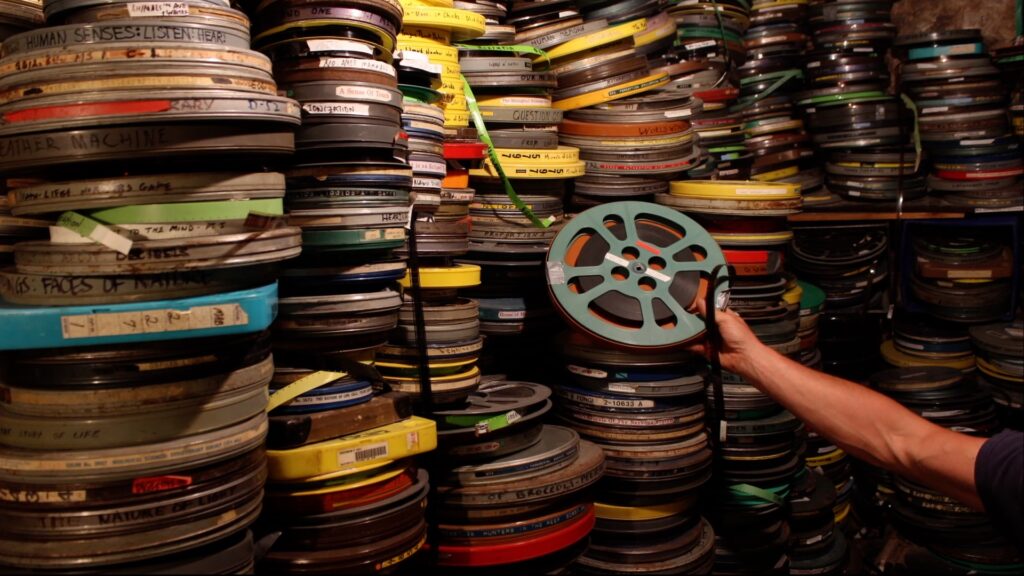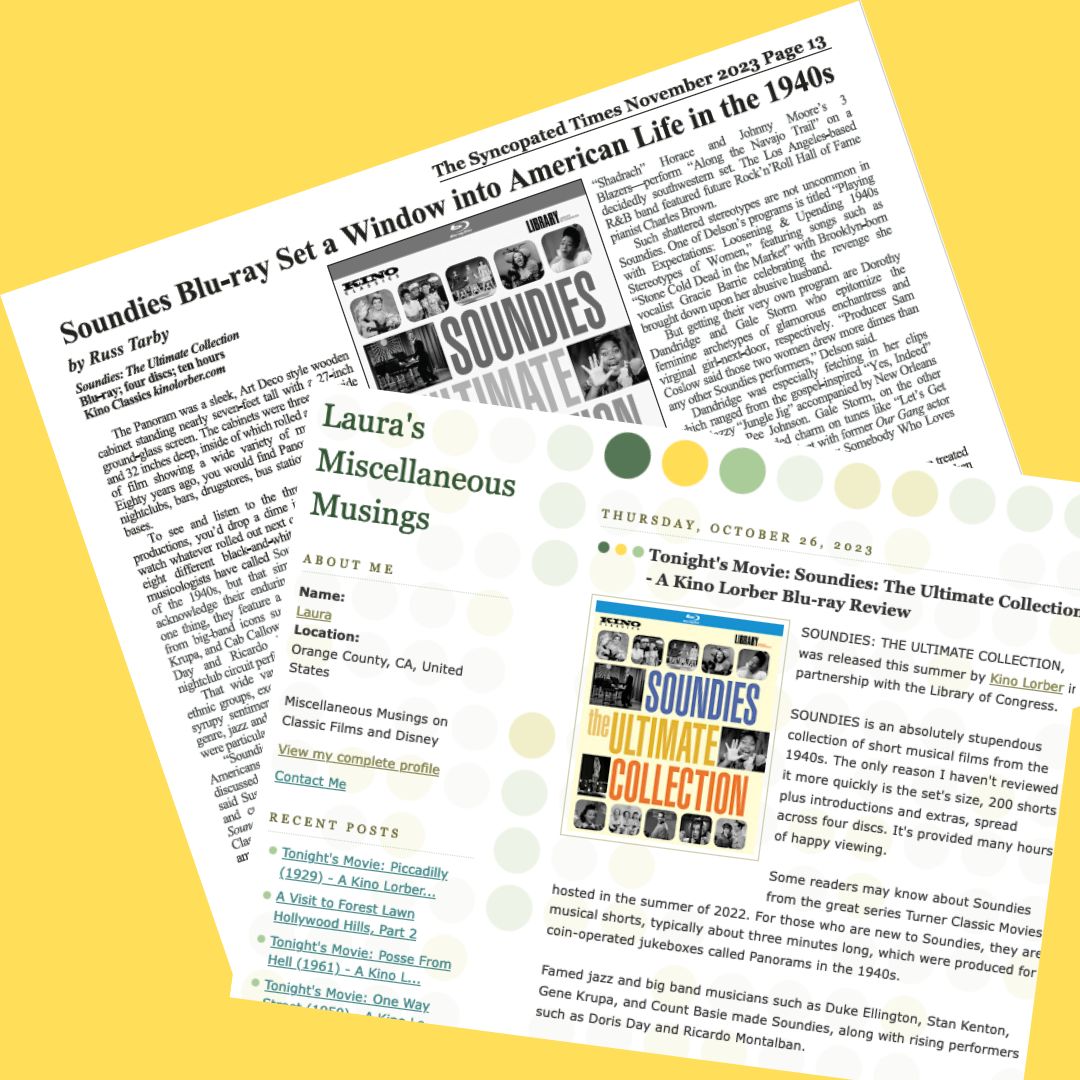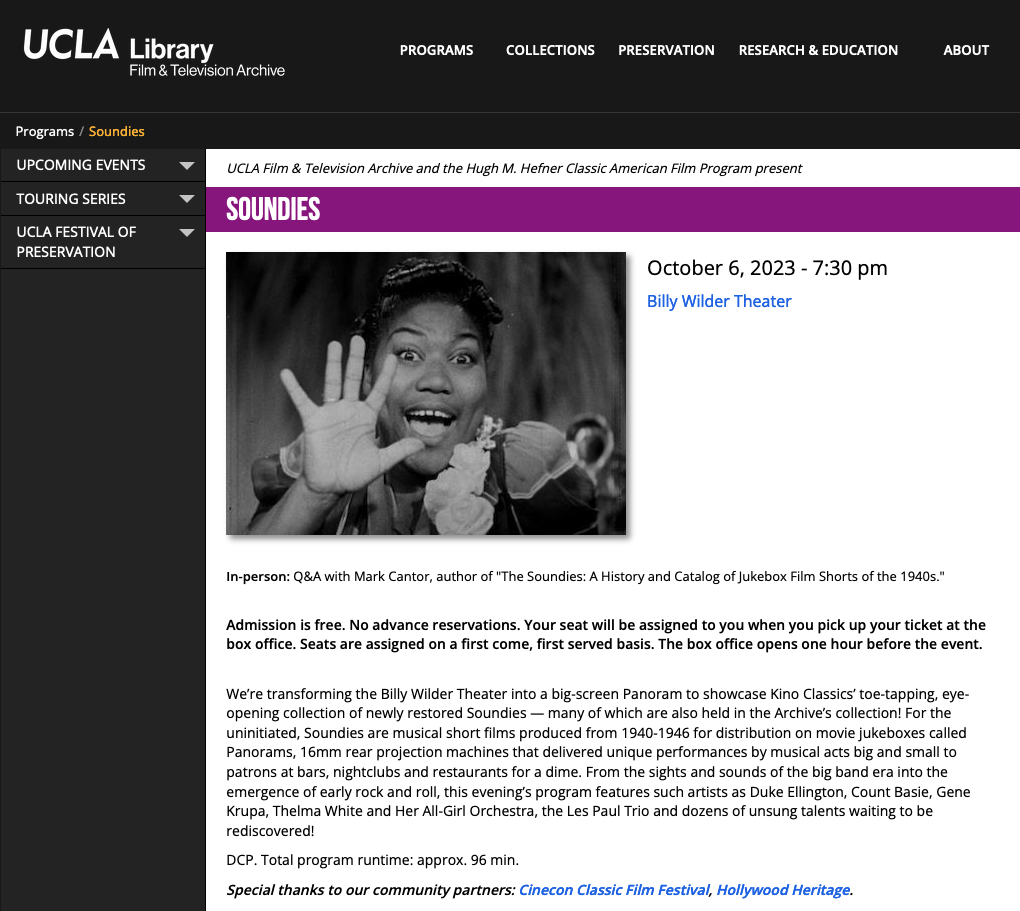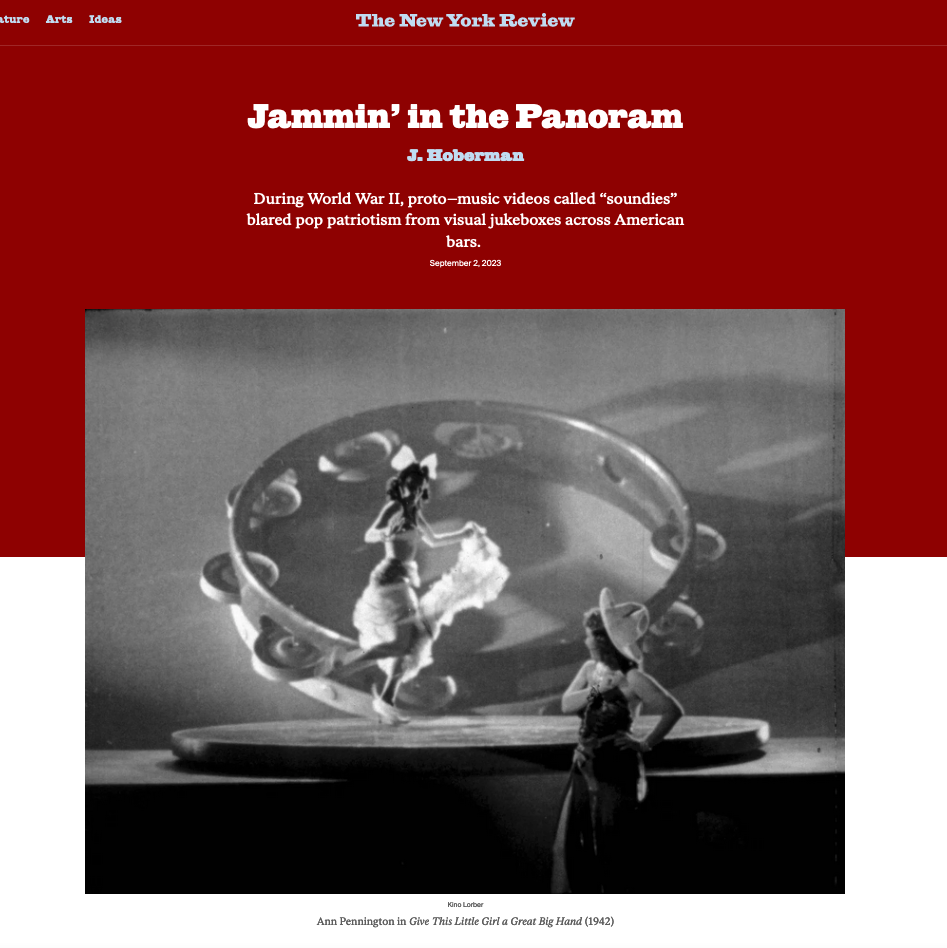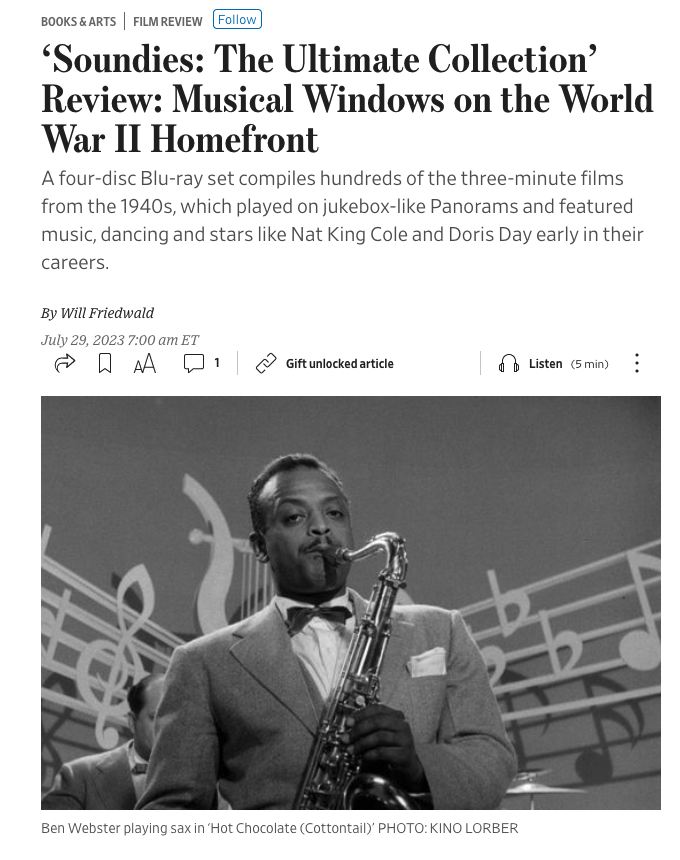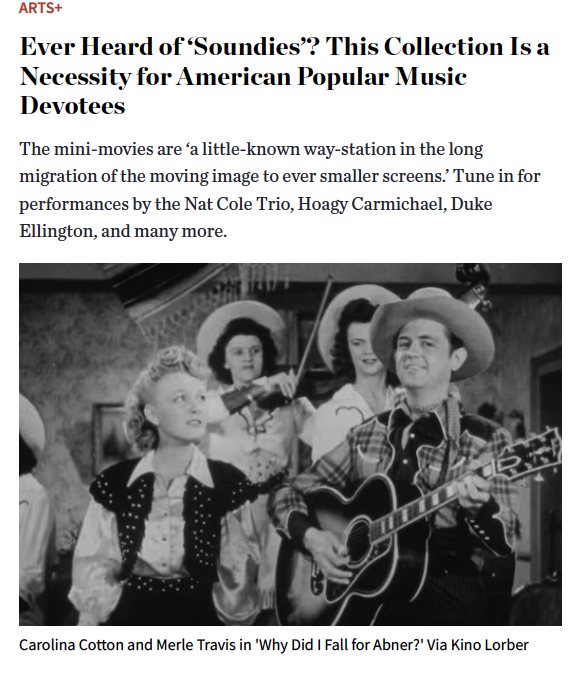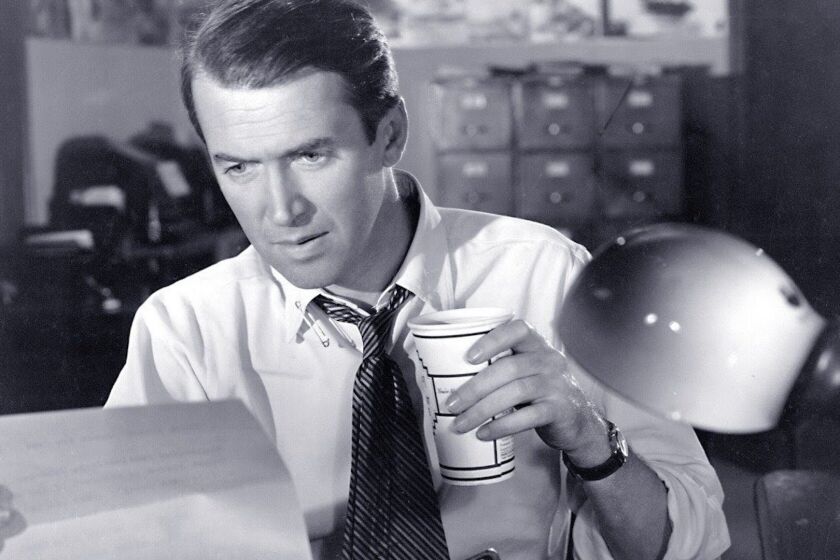
For New York film fans, CUNY TV’s long-running City Cinematheque is a much-loved treasure-house of world cinema, screening everything from Buster Keaton comedies to Kurosawa’s Rashomon and Orson Welles in The Third Man.
In October, I’ll join City Cinematheque host Jerry Carlson for a discussion of Call Northside 777, a gritty 1948 “docu-noir” starring James Stewart and Lee J. Cobb.
Adapted from a real-life chain of events, Call Northside 777 is the story of a wrongful murder conviction, a mother determined to free her son, and a skeptical but intrepid reporter who chases the story through Chicago’s working-class Polish neighborhoods.
One of several postwar movies to be shot largely on location, Call Northside 777 took advantage of the faster film stocks, lighter cameras, and portable sound equipment developed for filming in World War II.
Previewing the film, I was surprised at how resonant it remains, and how beautifully it captures the late 1940s. At that point, the inclusive vision of America that was so crucial for winning the war—and so evident in Soundies—was still in play, but the McCarthy Era was quickly approaching.
The film and conversation will air during the first two weekends in October on CUNY TV in NYC, as part of a 4-film series on “Post-War Anxiety in American Film (1945-1950).”
After the premiere, the post-screening conversation will be uploaded to the CUNY City Cinematheque YouTube channel (and, for a week, to the City Cinematheque home page).
For your screening pleasure, a good print of Call Northside 777 is also available on YouTube.
Here are the air dates on CUNY TV:
PREMIERE: Friday, October 4 at 9:30 p.m.
Saturday, October 5 at 9:30 p.m.
Sunday, October 6 at 9:30 p.m.
Friday, October 11 at 12 midnight
Saturday, October 12 at 12 midnight
Sunday, October 13 at 12 midnight
CUNY TV is broadcast in NYC on channel 25.3 and available via cable on Spectrum and Optimum, channel 75; RCN, channel 77; and Verizon FiOS, channel 30.
